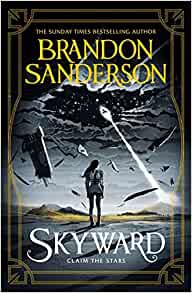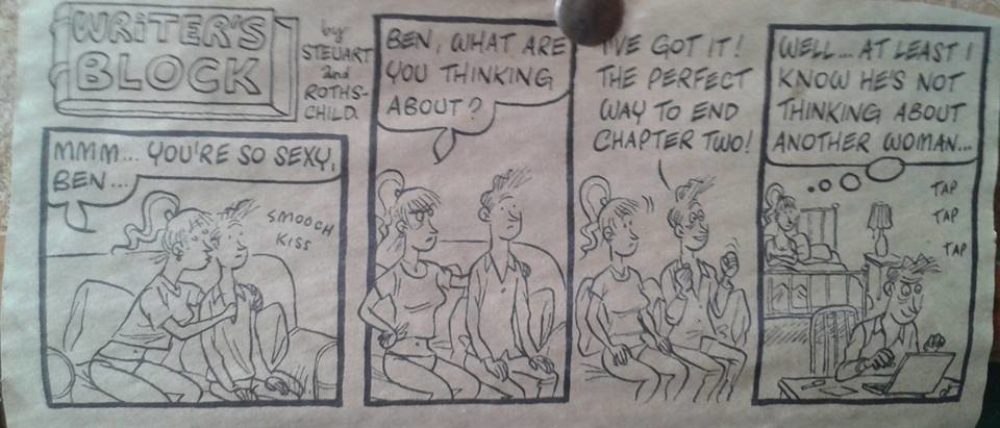 Skyward: Claim the Stars, by Brandon Sanderson (Gollancz, 2018)
Skyward: Claim the Stars, by Brandon Sanderson (Gollancz, 2018)
Think a young adult Top Gun in space, with brains instead of testosterone and a plot that makes sense. Though having said that, there is much within the plot that doesn’t make sense – and that is the idea, a challenge for readers and characters. The incongruities and contradictions pile up until a resolution is squeezed out of experiences.
Cadet Spensa Nightshade, callsign Spin, and her contemporaries are the third generation descendants of a starship crashed on the barren planet Detritus. Their ancestors were fleeing the alien Krell (yes, Krell) for reasons now lost. Detritus is a visual treat – a ruined, shattered world with skies full of rubble and wreckage. It obviously has a past that is yet to be explored in later novels. The sheer amount of clutter in orbit usually blocks the view of the stars from the surface and offers tantalising glimpses of ruined, massive and clearly artificial structures – something exciting and terrible happened there long before the humans arrived.
The orbital debris is one reason the humans have never ventured further back than the outer atmosphere. Another is that the Krell haven’t given up and still send occasional sorties down through the rubble in an apparent attempt to finish the job. The humans’ one defence is their small fleet of suborbital starfighters. The Krell attacks are the reason the humans mostly live far beneath the surface in terraformed caverns.
The least of Spin’s problems is that her father was a fighting hero, right up until the definitive battle that let the humans establish a surface base, when he turned coward and fled. In a society obsessed by rank and heritage, that kind of thing works against you. I guessed the partial truth for this on page 254 of a 500 page novel, but the full truth went off in a completely unexpected direction. Nothing is as it seems and Sanderson loves scattering clues for both characters and readers to work on. Even his use of terms like ‘Krell’ is a deliberate misdirection for the sfnally aware reader.
There are whiz-bang battles enough to satisfy anyone who rates space opera by the number of exploding ships, but the real treat lies in the interactions. There is the obligatory clash of personalities, from the stuck-in-the-mud commanding officer to the hard-but-fair instructor to the bratty cadet who thinks she knows it all. The main crucible for personality clash is the pilots. These are kids, drawn realistically by Sanderson as incubators for insecurity and nurtured grudges that hide their inherent integrity and likeability. They have no throttle on their feelings: their emotions are either full on or dead stop. Meanwhile, the commanding officer is in fact acting out of compassion, sheltering Spin from an ever harsher reality than she has imagined; and the bratty cadet very soon works out that she doesn’t know it all, at all. The first time Spin tries to fly a fighter, she is all over the place, which is much more realistic than Luke Skywalker bringing his womprat experience to bear on the Death Star. You get to be good at this game through talent honed by practice.
One quibble is not in the story but in the illustrations, though Sanderson has approved them and even thanks the artist, so it seems relevant. The fighters as depicted perpetuate the design flaw originated by Star Wars, with the cockpit at the rear and a massive nose cone guaranteed to give the pilot a three metre blindspot. In a reasonably hard sf novel that gives a lot of lip service to physics, and a lot of thought to tactics with the available technology, I would have enjoyed a more serious consideration of what a starfighter with atmospheric capability and gravity control could actually look like.
But that is nitpicking. Readers who let their imagination do the visual heavy lifting will find much to enjoy.
